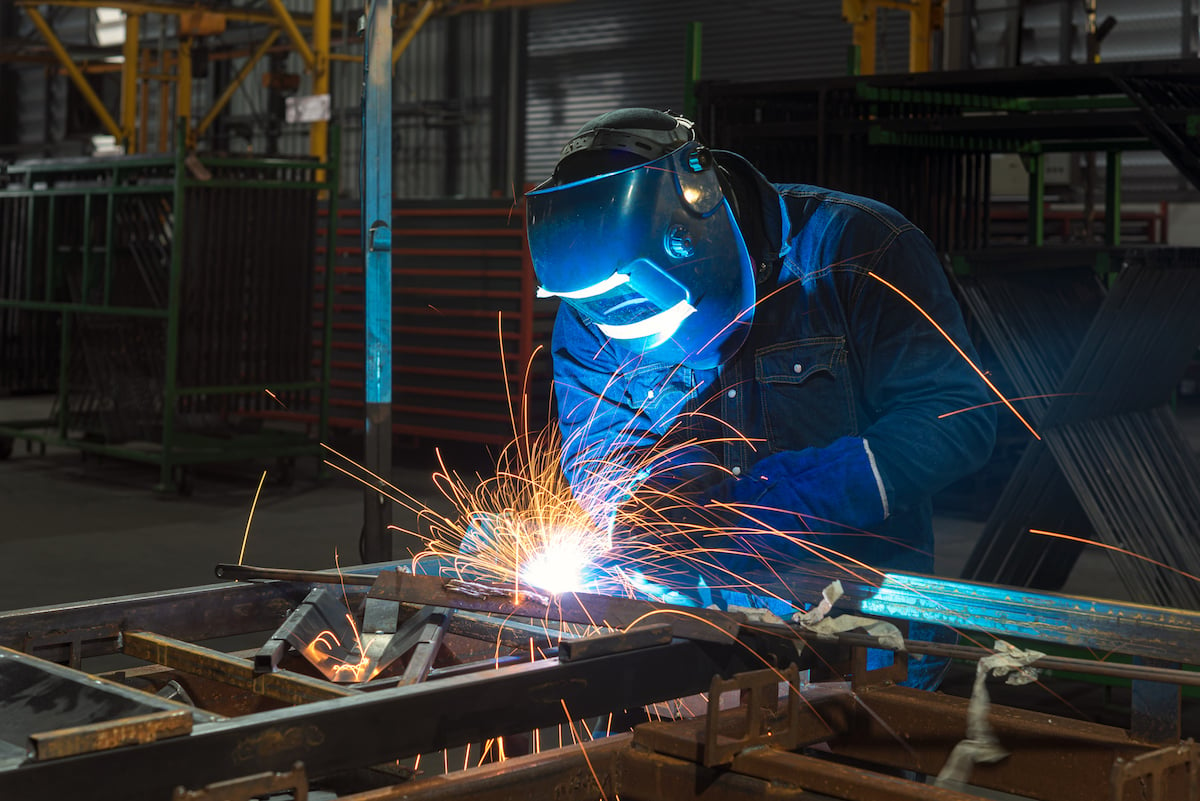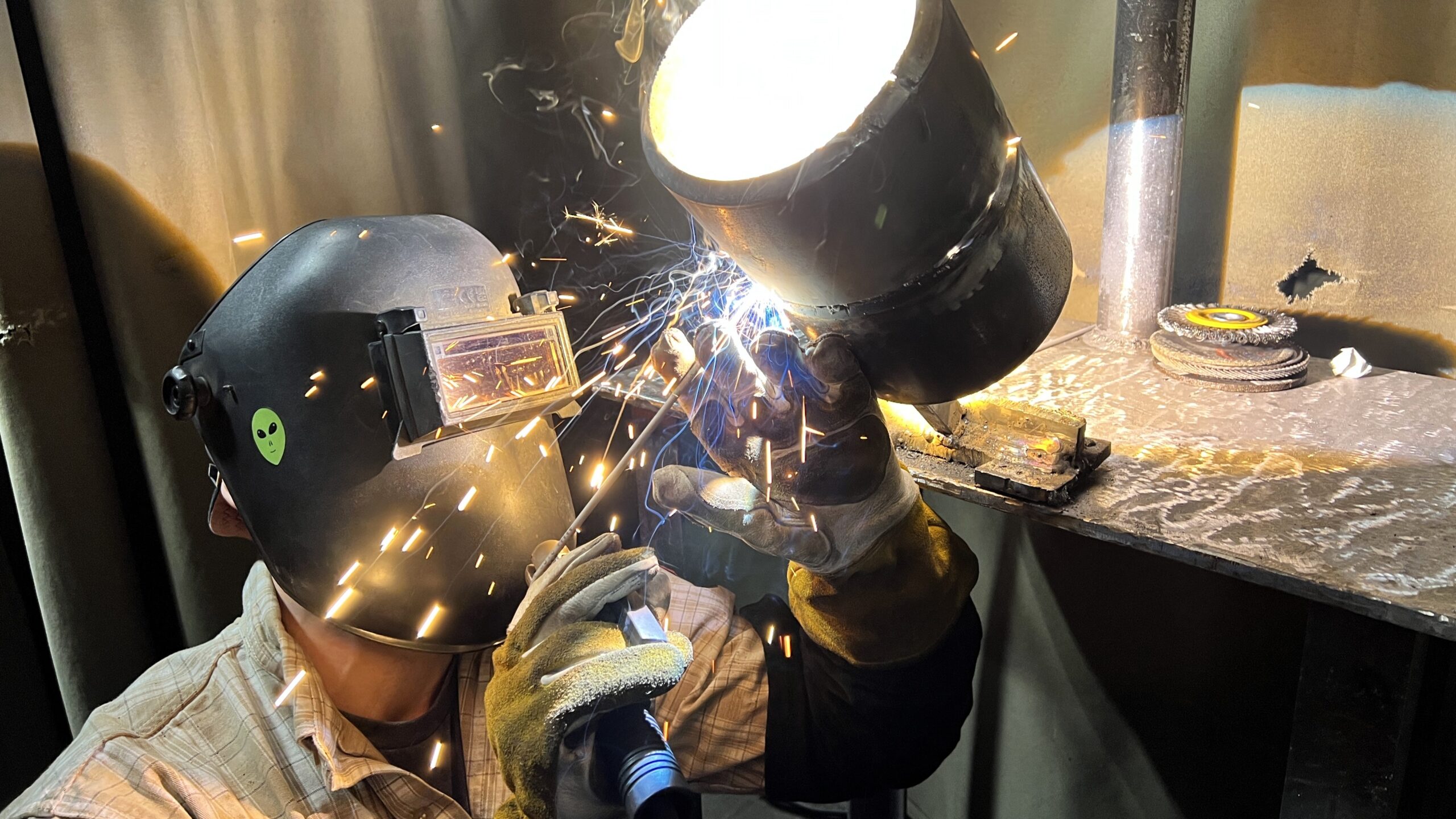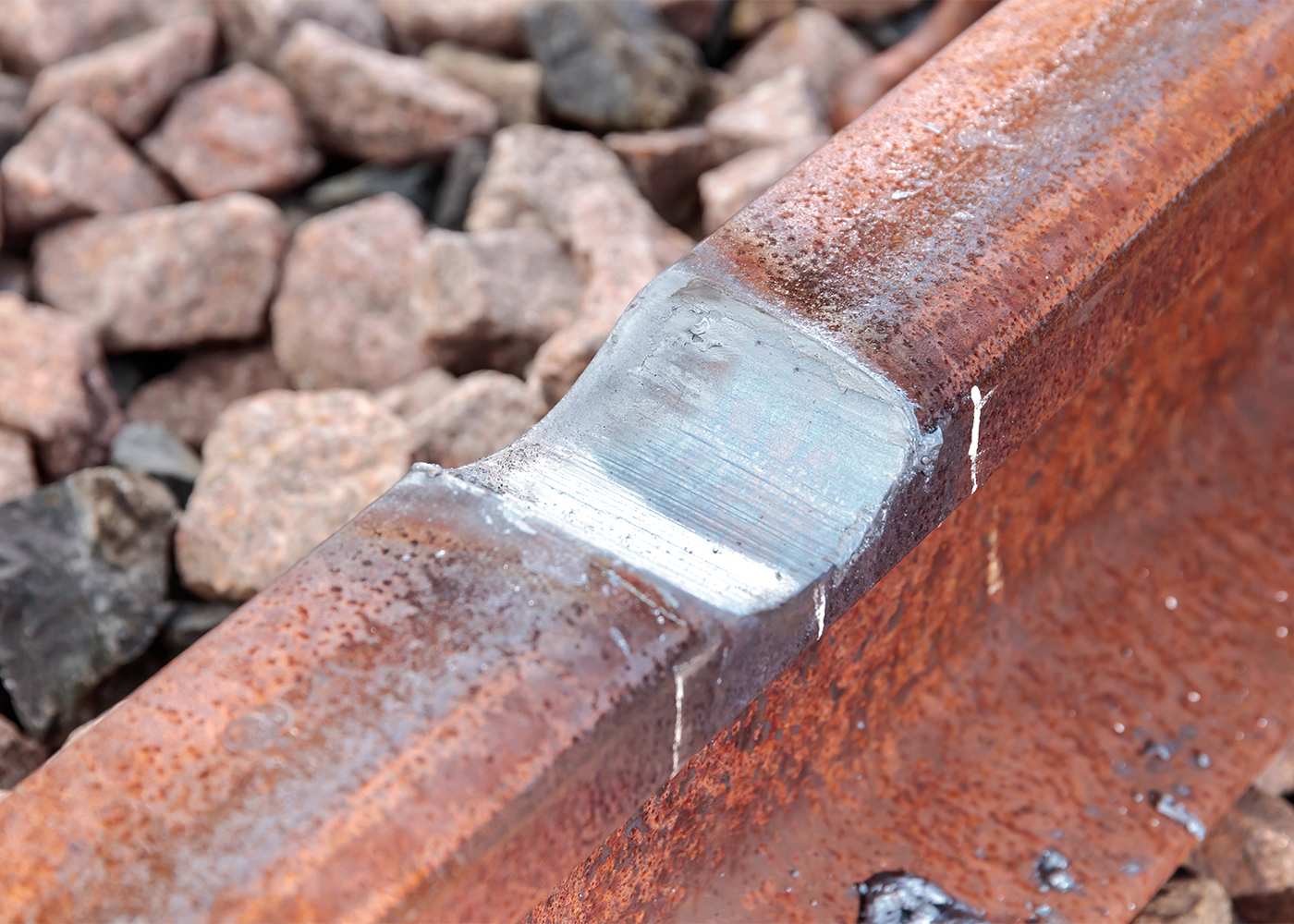Common Welding Repair Work Issues and Just How to Address Them Efficiently
Welding fixings frequently encounter a range of concerns that can jeopardize the honesty of the final item. Typical issues include poor infiltration, porosity, and imbalance, to name a few. Each defect presents one-of-a-kind challenges that call for certain approaches for resolution. Recognizing these issues is essential for welders intending to boost their skills and outcomes. This discussion will explore these usual welding repair problems and efficient techniques to resolve them.
Poor Penetration
Poor penetration occurs when the weld metal stops working to completely fuse with the base product, causing weak joints and prospective architectural failings. This concern frequently originates from not enough warmth input, incorrect electrode angle, or inappropriate welding speed. Welders might come across insufficient infiltration because of a mistake of the necessary criteria for a particular material density or kind. Additionally, contamination on the base material's surface area can prevent effective bonding, aggravating the trouble. To resolve inadequate infiltration, welders must ensure proper settings on their devices and keep a clean job surface area. Routine examination of welds is suggested to determine any kind of deficiencies early, permitting prompt corrections and the avoidance of compromised structural stability in bonded assemblies.
Porosity
Porosity is a typical problem in bonded joints that shows up as small gas bubbles entraped within the weld metal. This issue can endanger the stability of the weld, leading to lowered stamina and prospective failure under stress and anxiety. Montana Mobile Welding and Repair Belgrade. Porosity usually develops from contamination, dampness, or improper welding techniques, which enable gases to get away right into the molten weld swimming pool. To resolve porosity, welders ought to guarantee appropriate surface prep work, maintain a tidy workplace, and make use of suitable welding specifications. In addition, selecting the appropriate filler material and protecting gas can alleviate gas entrapment. Normal examination and screening of welds can assist determine porosity early, assuring prompt corrective actions are taken, therefore preserving the top quality and dependability of the welded structure
Imbalance
Misalignment in welding can emerge from numerous factors, consisting of improper setup and thermal expansion. Comprehending the source is crucial for efficient resolution. Several modification techniques are available to straighten components and guarantee structural stability.
Sources of Imbalance
Welding imbalance frequently comes from a range of underlying problems that can jeopardize structural integrity. One primary cause is improper fit-up of components before welding, which can cause gaps and irregular surface areas. Variations in thermal development during the welding procedure can likewise result in distortion, particularly if the materials being joined have different coefficients of development. Furthermore, insufficient fixturing and clamping may stop working to hold parts securely in place, resulting in motion throughout welding. Improperly maintained equipment, consisting of welding makers and tools, may present inconsistencies in the weld grain, additional adding to misalignment. Operator error, stemming from insufficient training or experience, can additionally play a substantial function in developing misaligned welds.

Correction Methods Available
Resolving imbalance successfully calls for a mix of rehabilitative methods tailored to the specific issues at hand. One common approach is the use of components or jigs to hold elements in the right placement during welding, ensuring constant positioning. In addition, pre-heating the products can assist minimize distortion and enhance fit-up. For significant imbalance, mechanical adjustment techniques, such as making use of hydraulic jacks or clamps, can be utilized to fix the setting before welding. Post-weld warmth treatment may additionally be required to relieve stresses triggered by misalignment. Cautious inspection and modification throughout the setup stage can stop misalignment concerns from coming to be significant problems, advertising a smoother welding process and boosting overall structural honesty.
Distortion
Distortion is a common obstacle in welding that can develop from various variables, consisting of irregular cooling and heating. Recognizing the reasons for distortion is important for implementing effective avoidance techniques. Resolving this problem not just enhances structural stability but additionally boosts the overall high quality of the weld.
Causes of Distortion
When subjected to the extreme warmth of welding, products typically undergo adjustments that can cause distortion. This phenomenon primarily arises from thermal expansion and contraction throughout the welding procedure. As the weld location warms up, the product broadens; upon air conditioning, it contracts, which can develop inner tensions. Furthermore, unequal home heating across a workpiece can worsen these stresses, leading to bending or bending. The sort of material additionally plays a significant duty; steels with differing thermal conductivity and coefficients of growth may respond in different ways, resulting in uncertain distortions. Poor joint design and inadequate fixturing can contribute to imbalance during welding, enhancing the likelihood of distortion. Understanding these causes is necessary for efficient welding repair and avoidance strategies.
Prevention Techniques
Reliable avoidance strategies for distortion throughout welding focus on managing heat input and ensuring correct joint layout. Keeping a consistent warm input aids to minimize thermal development and contraction, which can lead to distortion. Utilizing methods such as pre-heating the workpiece can also minimize the temperature level slope, promoting consistent heating. Additionally, selecting ideal joint layouts, such as T-joints or lap joints, can enhance security and reduce stress focus. Carrying out appropriate fixturing to protect the work surfaces in area even more aids in preserving alignment throughout the welding process. Staggered welding sequences can distribute heat a lot more equally, avoiding local distortion. By applying these techniques, welders can significantly decrease the probability of distortion and boost the general quality of their welds.
Fracturing
Splitting is a typical concern experienced in welding repair work, typically arising from numerous factors such as inappropriate air conditioning rates, material choice, or insufficient joint prep work. The occurrence of fractures can greatly compromise the stability of the weld, causing prospective failings during operation. To address this problem, welders have to initially examine the origin, making sure that products are suitable and suitably picked for the details application. In addition, regulating the air conditioning rate throughout the welding procedure is necessary; rapid cooling can cause anxiety and bring about splitting. Appropriate joint style and preparation additionally add to reducing the danger. Applying these techniques can boost weld high quality and sturdiness, eventually decreasing the probability of cracking in look at here now completed weldments.

Incomplete Blend
A significant issue in welding repair services is insufficient fusion, which takes place when the weld metal does not effectively bond with the base product or previous weld passes - Montana Mobile Welding and Repair. This problem can lead to weaknesses in the joint, potentially jeopardizing the integrity of the bonded framework. Aspects adding to incomplete combination include not enough warmth input, incorrect welding technique, and contamination of the surfaces being joined. To resolve this issue effectively, welders must ensure proper pre-weld cleaning and surface area prep work, as well as readjust their welding criteria to accomplish sufficient infiltration and fusion. Routine inspection during the welding procedure can also assist determine incomplete blend early, permitting timely corrective actions to enhance the total quality of the weld
Overheating
While welding repair work can improve architectural honesty, overheating offers a considerable difficulty that can result in material deterioration. Too much warmth during welding can alter the mechanical homes of steels, causing lowered strength, increased brittleness, and bending. This phenomenon is specifically critical in high-stress applications where structural integrity is critical. Recognizing overheating can involve aesthetic assessments for discoloration or distortion, in addition to monitoring temperature level throughout the welding procedure. To alleviate the risks connected with overheating, welders ought to employ suitable techniques, such as regulating warmth input, readjusting traveling speed, and using ideal filler products. Furthermore, implementing pre- and post-weld heat therapies can assist bring back material buildings and boost the total quality of the repair work, making sure lasting performance and safety.
Frequently Asked Questions
What Are the Usual Indications of a Welding Defect?

Exactly How Can I Examine My Welds for Quality?
To evaluate welds for high quality, one can make use of aesthetic assessments, ultrasonic screening, and radiographic approaches. Each strategy assures architectural stability, recognizes issues, and validates adherence to specified standards, inevitably boosting the dependability of the welded joints.
What Security Precautions Should I Take While Welding?
When welding, one need to prioritize safety and security by wearing proper personal protective devices, ensuring appropriate ventilation, securing flammable products away, keeping a tidy work area, and being conscious of environments to avoid crashes and injuries.
Can I Repair a Weld Without Redoing the Entire Joint?
Fixing a weld without remodeling the entire joint is possible, depending on the damage (Belgrade Welding). Methods such as grinding, including filler product, or using a welding process can efficiently deal with details flaws while maintaining the bordering structure
What Tools Are Crucial for Reliable Welding Services?
Necessary tools for effective welding fixings consist of a welding device, cord brush, grinder, protective equipment, clamps, and filler try this web-site products. Each tool plays a crucial function in making sure high quality and safety and security throughout the repair procedure. Porosity commonly emerges from contamination, moisture, or incorrect welding strategies, which permit gases to escape into the liquified weld swimming pool. Poorly kept devices, consisting of welding machines and tools, might present variances in the weld grain, additional contributing to imbalance. When subjected to the intense warmth of welding, materials commonly undertake changes that can lead to distortion. Fracturing is an usual problem come across in welding repairs, typically resulting from various elements such as improper air conditioning prices, material option, or insufficient joint prep work. A significant problem in welding repair services is insufficient combination, which takes place when the weld metal does not properly bond with the base product or previous weld passes.